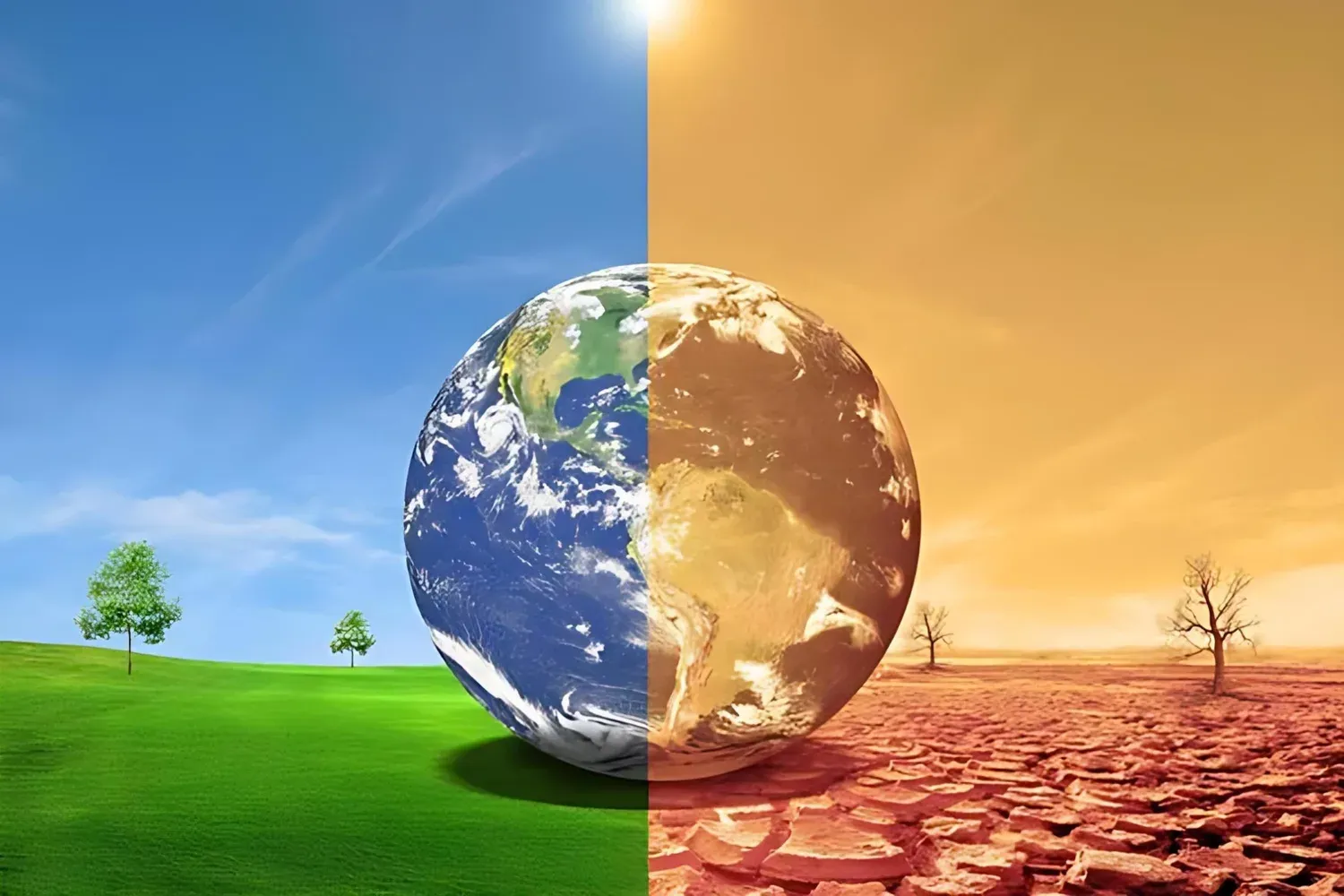Introduction: The Rising Heat Beneath Our Feet

Global warming is no longer a distant threat—it is a present-day emergency. Defined as the gradual increase in Earth’s average surface temperature, global warming is primarily driven by the surge in greenhouse gases (GHGs) in our atmosphere due to human activities.
From hotter summers to rising sea levels and erratic rainfall, its fingerprints are everywhere. According to the Intergovernmental Panel on Climate Change (IPCC), the Earth has already warmed by 1.1°C above pre-industrial levels, bringing with it irreversible environmental changes.
Let’s explore this phenomenon in detail—how it works, what causes it, the impact it’s having, and most importantly, how we can respond.
The Science Behind Global Warming
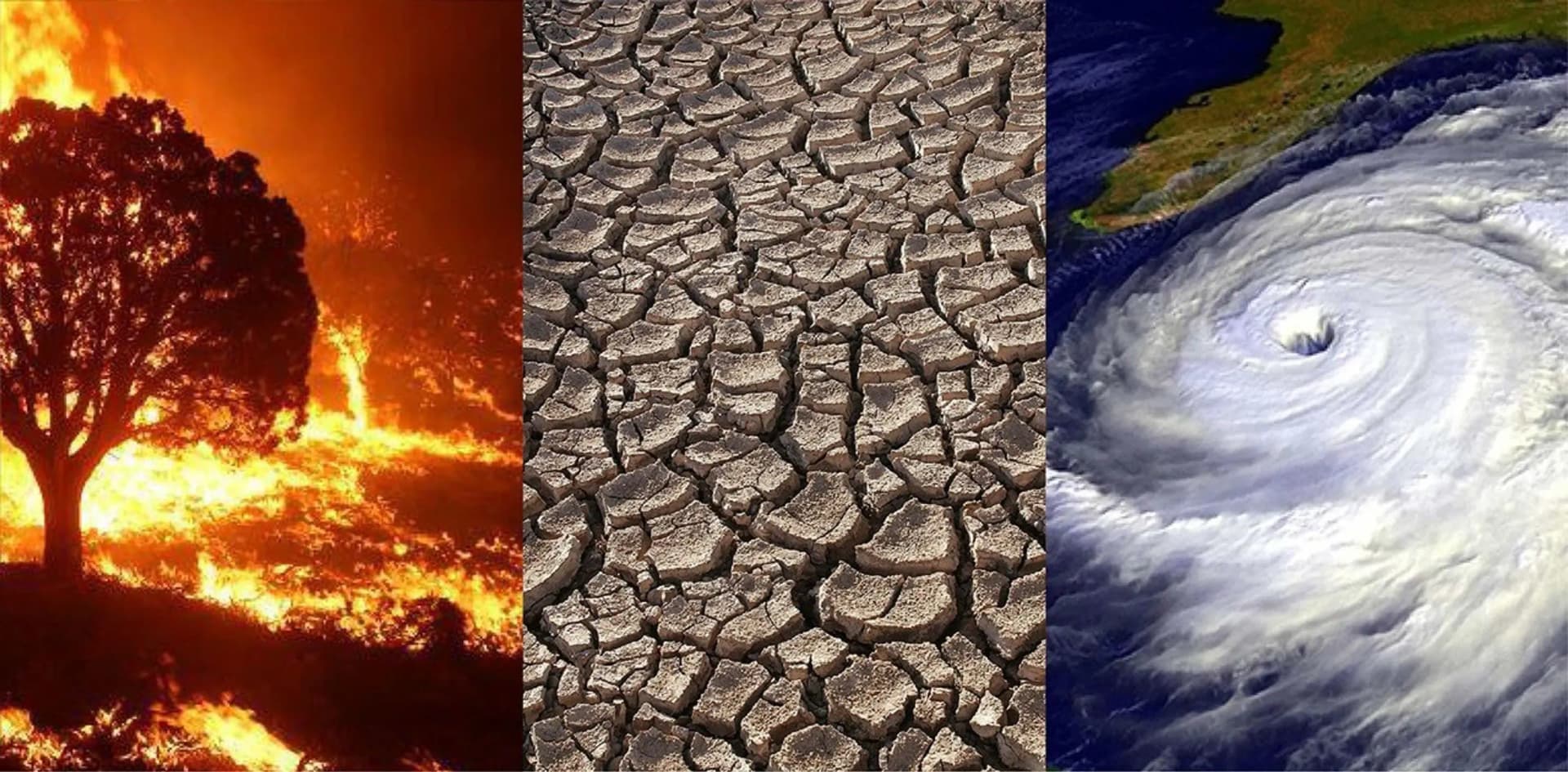
The Greenhouse Effect: Nature’s Blanket—Now Overheating
The Earth naturally maintains a stable temperature through the greenhouse effect. Gases like carbon dioxide (CO₂), methane (CH₄), and nitrous oxide (N₂O) trap some of the sun’s heat, keeping the planet warm enough to sustain life. However, excessive emissions from human activity are thickening this heat-trapping blanket, causing the planet to overheat.
Without the greenhouse effect, Earth’s temperature would average around -18°C, not the 15°C we experience today. But the enhanced greenhouse effect, caused by massive industrial-era emissions, is pushing us into dangerous territory.
Key Greenhouse Gases and Their Impact

Source: EPA – Overview of Greenhouse Gases
Evidence: What the Data Says

Temperature Trends
The World Meteorological Organization (WMO) confirmed that 2023 was the hottest year on record, with global temperatures averaging 1.48°C above the 1850–1900 baseline. In fact, nine of the ten warmest years have occurred since 2015.
Melting Ice and Rising Seas
Arctic sea ice is shrinking at 13% per decade, with summer ice coverage plummeting (NASA Arctic Data). Since 1880, global sea levels have risen by approximately 21–24 cm, and the rate is accelerating at 3.3 mm/year.
Ocean Heat Content
Oceans absorb more than 90% of excess heat from global warming, causing marine ecosystems to collapse. Coral reefs are bleaching, and fish species are migrating toward cooler waters, disrupting food chains.
https://www.youtube.com/watch?v=Pc4KWFKVj_Q
Major Causes of Global Warming
1. Burning of Fossil Fuels

Coal, oil, and natural gas are used for electricity, transport, and manufacturing, and are responsible for over 75% of GHG emissions globally, as per the IEA’s 2023 Report.
2. Deforestation
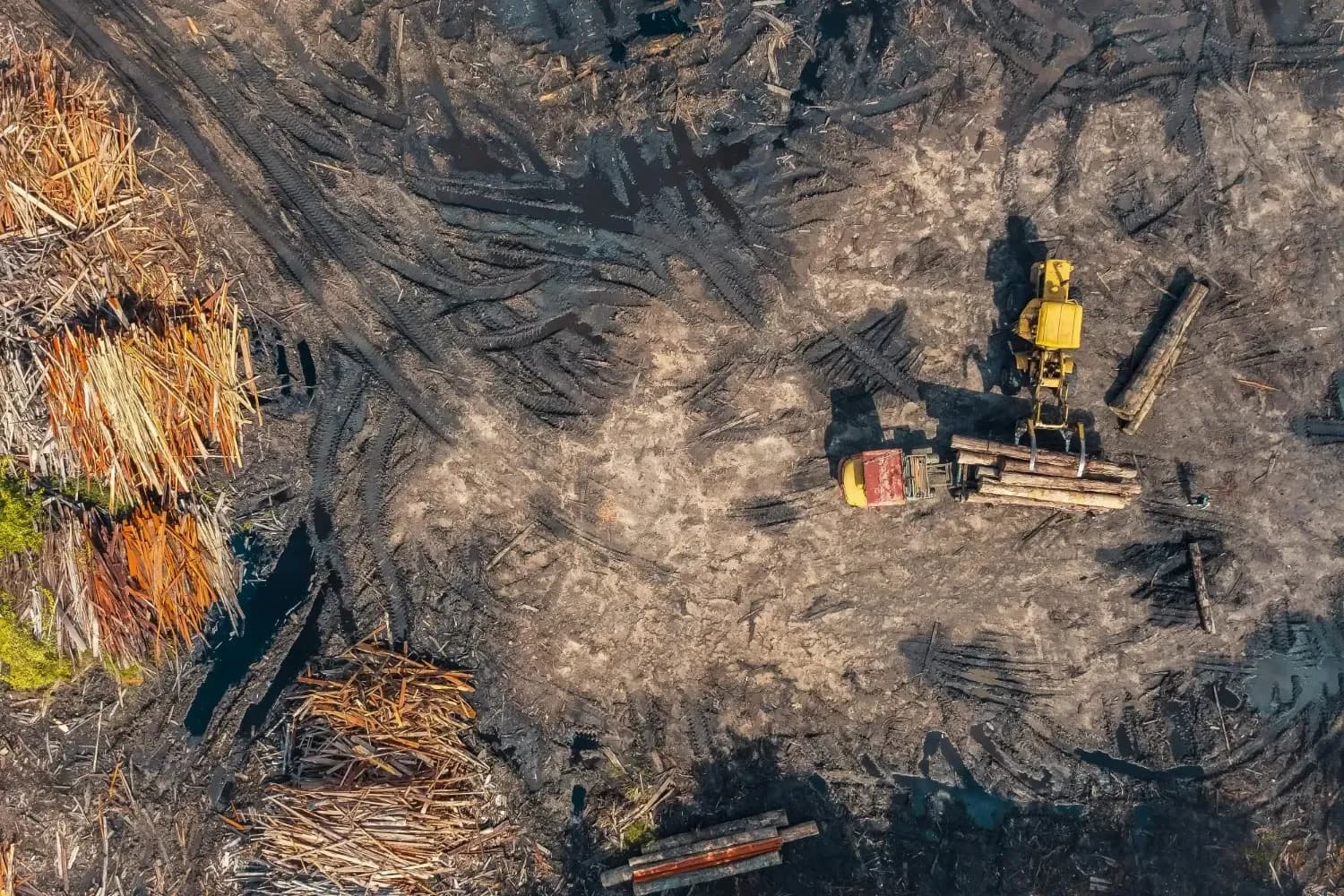
Forests are vital carbon sinks, absorbing CO₂ from the atmosphere. The FAO reports that we lose nearly 10 million hectares of forests every year, mainly for agriculture, infrastructure, and logging.
3. Agriculture and Livestock
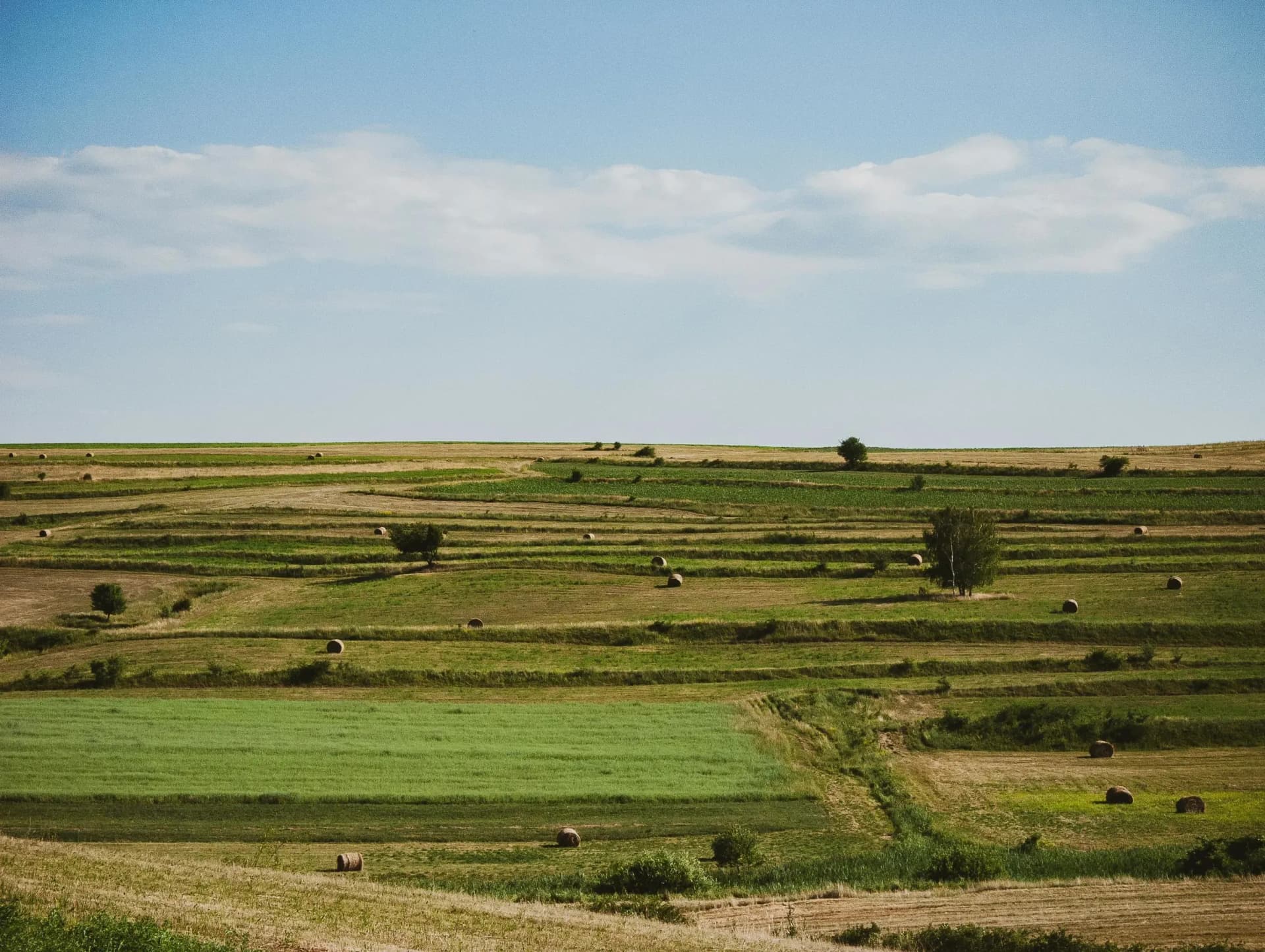
Farming releases vast quantities of methane (from livestock and rice paddies) and nitrous oxide (from fertilizers). These gases are far more potent than CO₂ in trapping heat. Agriculture is responsible for ~11% of global emissions, and much more when land-use change is considered.
Impact of Global Warming

1. Environmental Disruption
-
Heatwaves are becoming longer and deadlier.
-
Wildfires, like those in Australia and California, are more frequent.
-
Flooding has increased due to sea-level rise and glacier melt.
-
Glaciers in the Himalayas and Andes are disappearing, threatening freshwater supplies.
2. Economic Consequences
Climate-related disasters caused $360 billion in global losses in 2022, according to Aon’s Climate Report. Infrastructure damage, crop failures, and insurance losses are on the rise.
3. Human Health
Warming temperatures worsen air pollution, increase heatstroke cases, and expand the range of vector-borne diseases like dengue and malaria. According to the Lancet Countdown, climate change is now a major public health threat.
Global Policy Responses
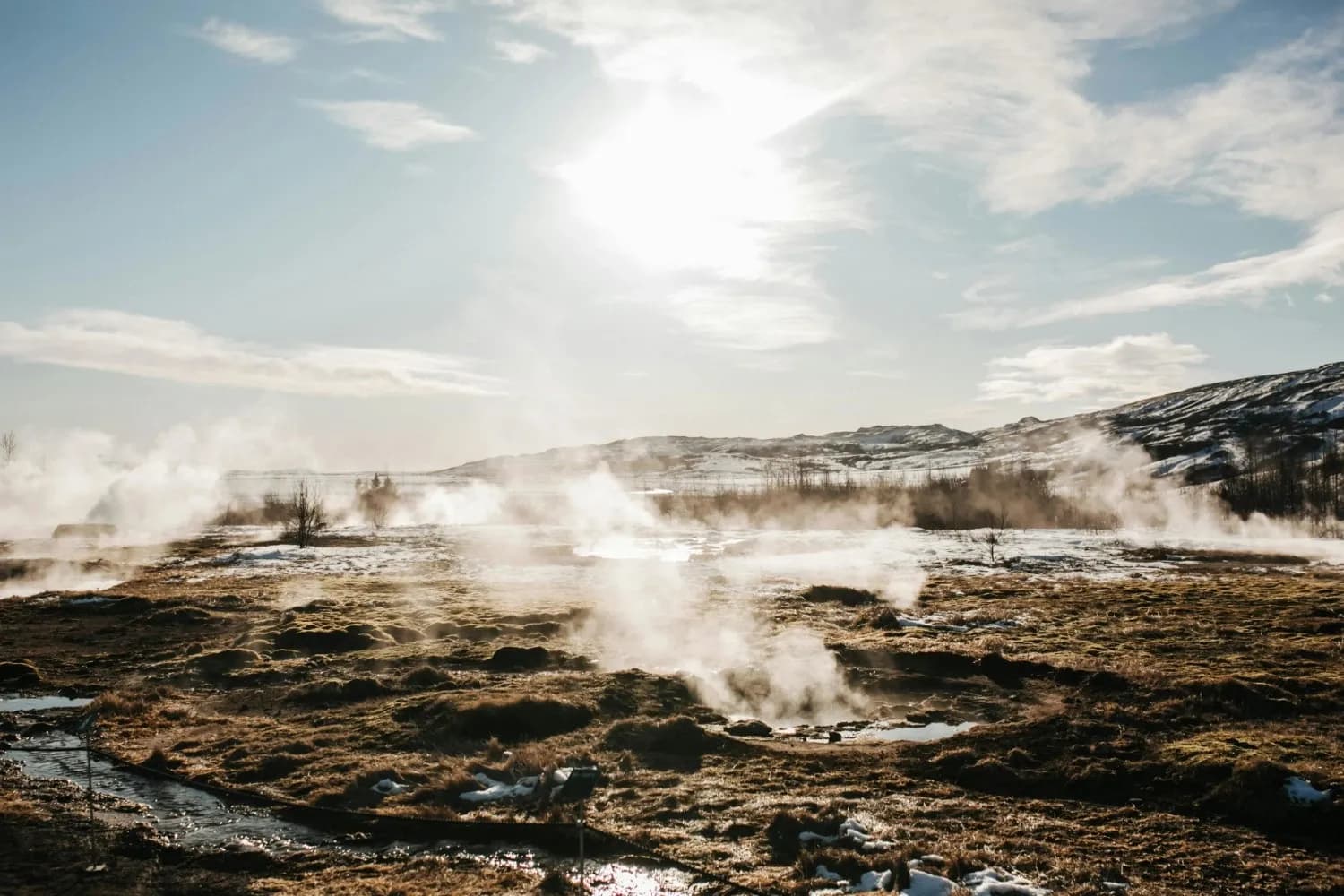
1. The Paris Agreement
Signed by 196 countries, the Paris Agreement aims to limit warming to below 2°C, preferably 1.5°C, by the end of the century. Countries commit to Nationally Determined Contributions (NDCs) to cut emissions. Source
2. IPCC Special Reports
The IPCC’s Special Report on 1.5°C stresses that limiting warming to 1.5°C requires halving global emissions by 2030 and reaching net zero by 2050.
Solutions: What Can Be Done?
1. Transition to Renewable Energy
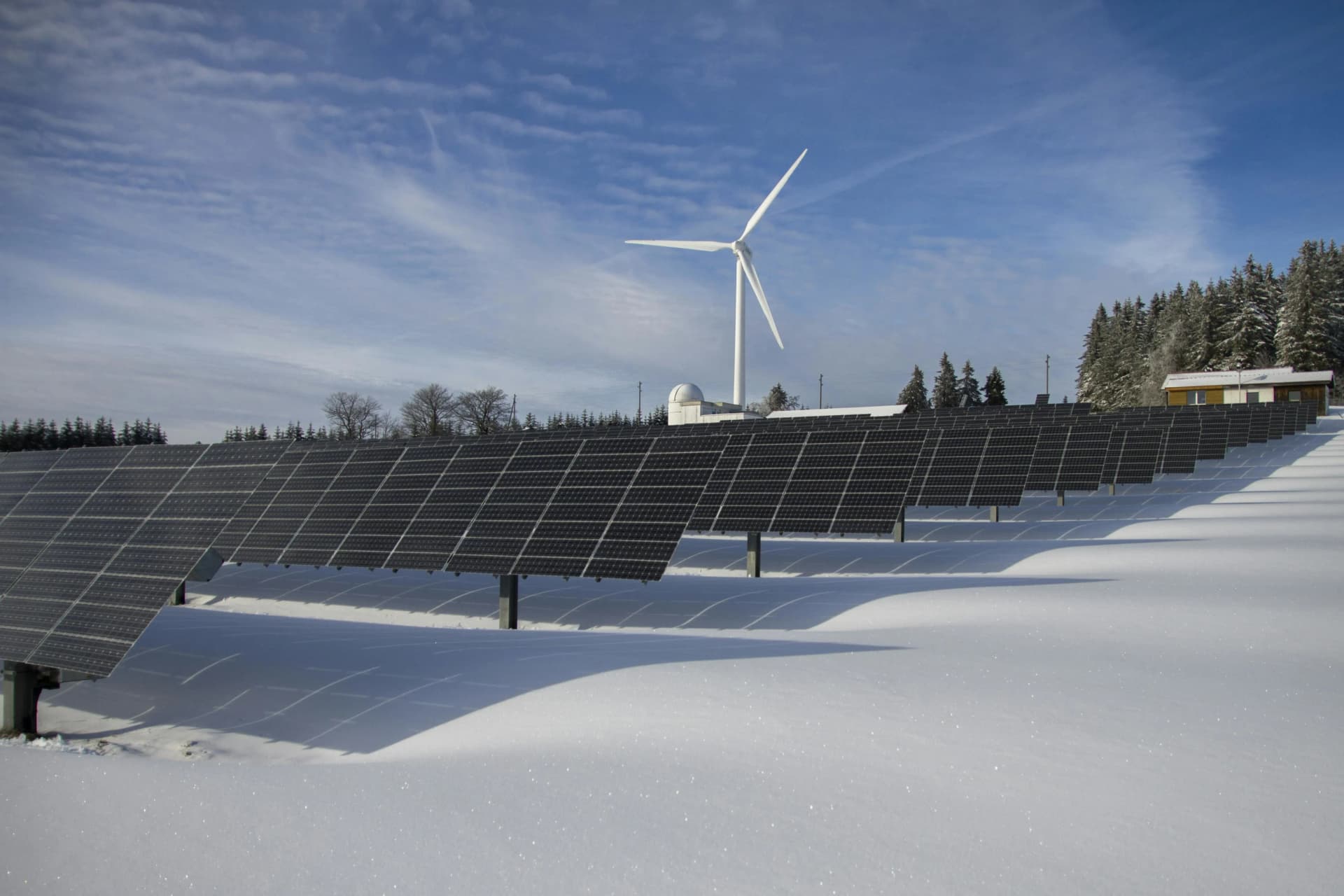
Shifting to solar, wind, hydro, and geothermal energy can cut emissions dramatically. The IRENA Outlook shows that renewables could supply 90% of global electricity by 2050 if scaled fast enough.
2. Electrify Transport
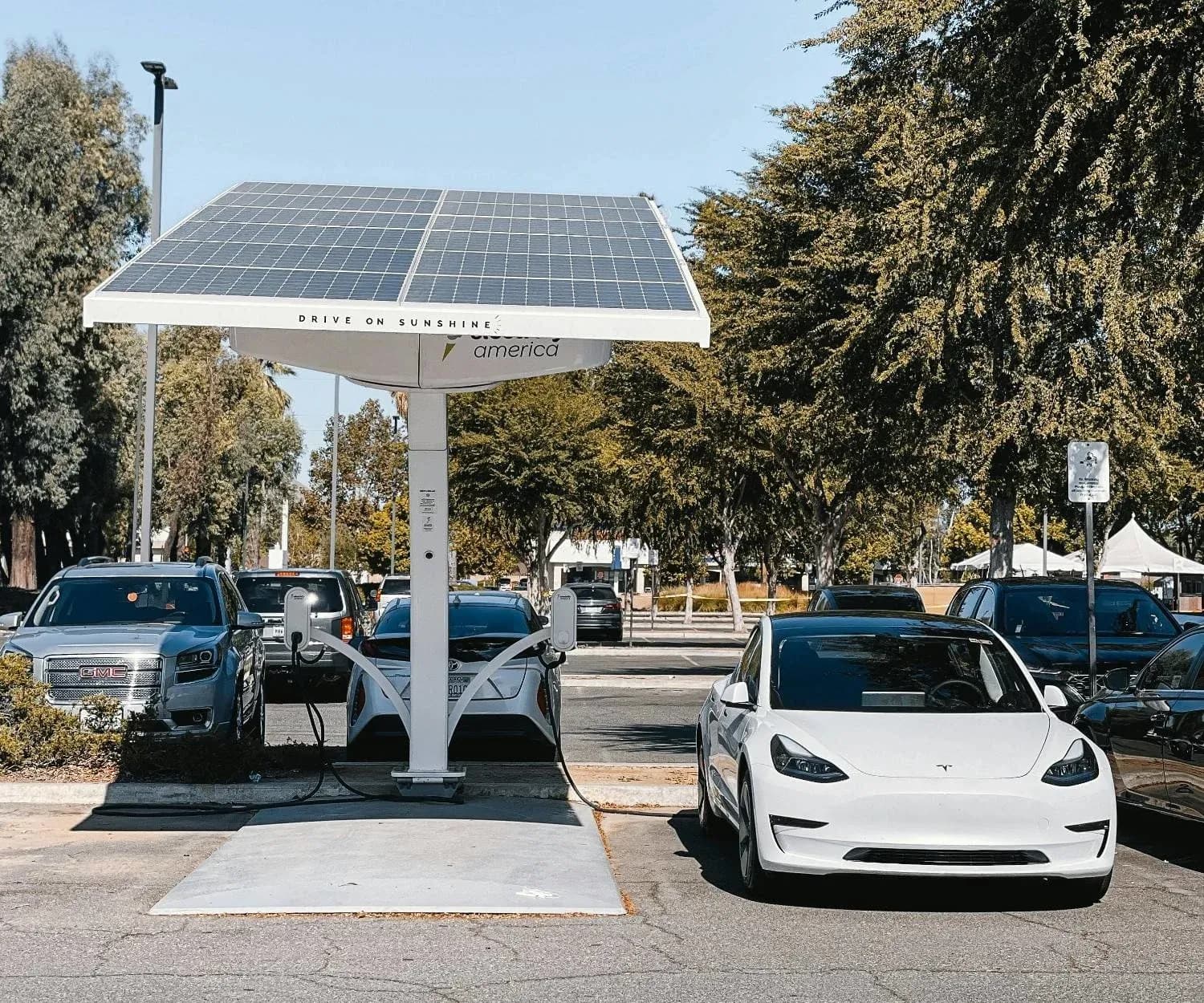
Electric vehicles (EVs) and public transport can reduce one of the largest sources of CO₂. India’s target is 30% EV adoption by 2030.
3. Reforestation and Carbon Sequestration

Planting trees and restoring ecosystems absorb CO₂. One mature tree can sequester up to 21 kg of CO₂ annually. Initiatives like Project Drawdown provide detailed solutions on natural carbon sinks.
4. Climate-Smart Agriculture
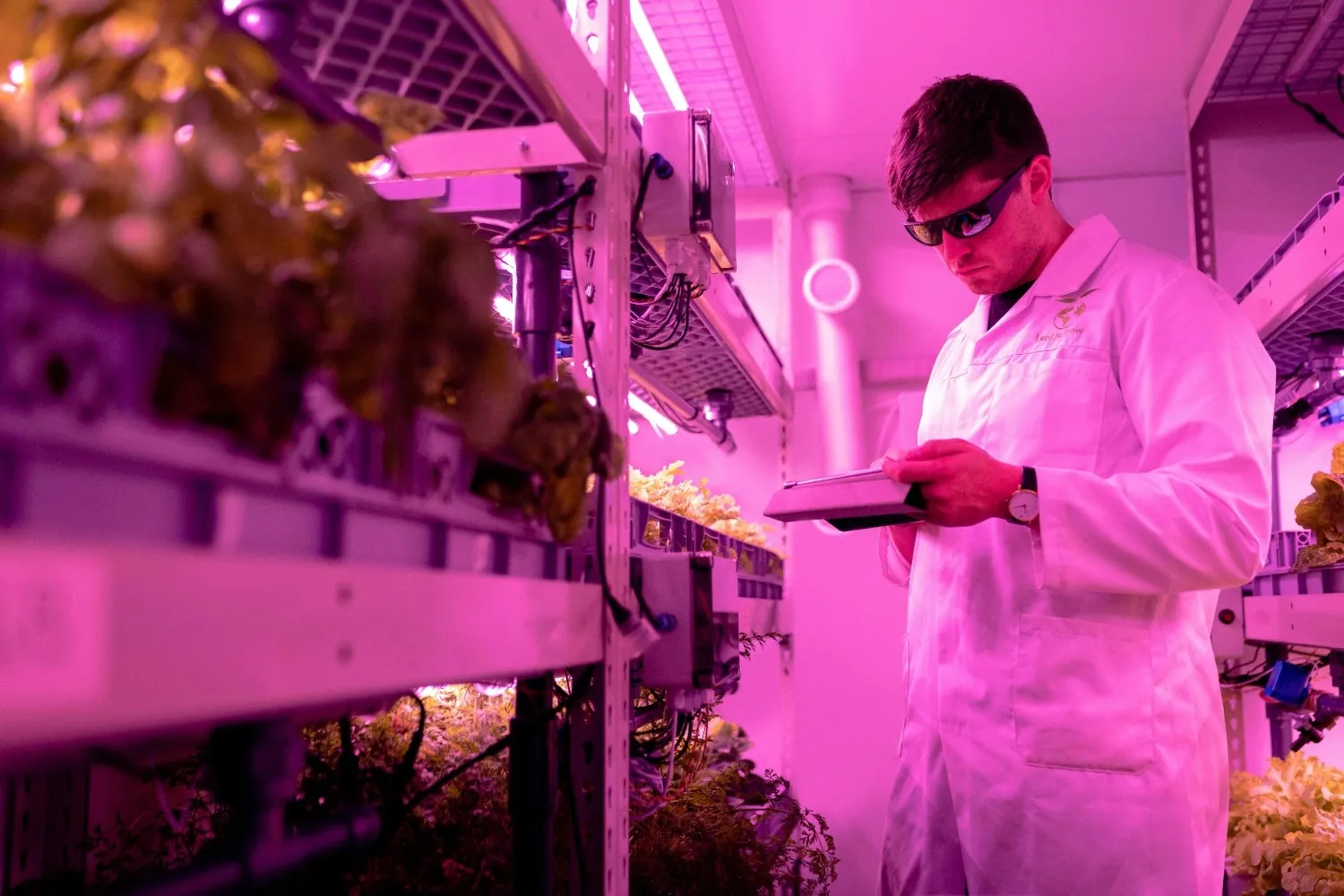
Techniques like cover cropping, organic farming, and reduced tillage help improve soil health and reduce emissions.
5. Carbon Pricing

Putting a price on carbon creates economic incentives to cut emissions. According to the World Bank Carbon Pricing Dashboard, over 60 carbon pricing initiatives are active worldwide.
Common Myths About Global Warming

For more myth-busting, visit NASA’s Climate Myths Page.
What Can You Do?
-
Switch to renewable power for your home.
-
Eat a plant-based diet once or twice a week.
-
Reduce air travel, or buy verified carbon offsets.
-
Recycle, reuse, and repair to reduce waste.
-
Join climate movements and hold leaders accountable.
Calculate your carbon footprint using the UN Carbon Calculator.
Further Reading
-
IPCC – All Reports
Conclusion: The Time for Action Is Now
Global warming is the defining challenge of our time. Its effects are scientifically proven, its causes are man-made, and its solutions are within reach. With innovation, international cooperation, and individual responsibility, we can chart a path toward a stable, sustainable future.
But the window is closing fast.
If we act now, the planet will heal. If we wait, the damage may be beyond repair.
